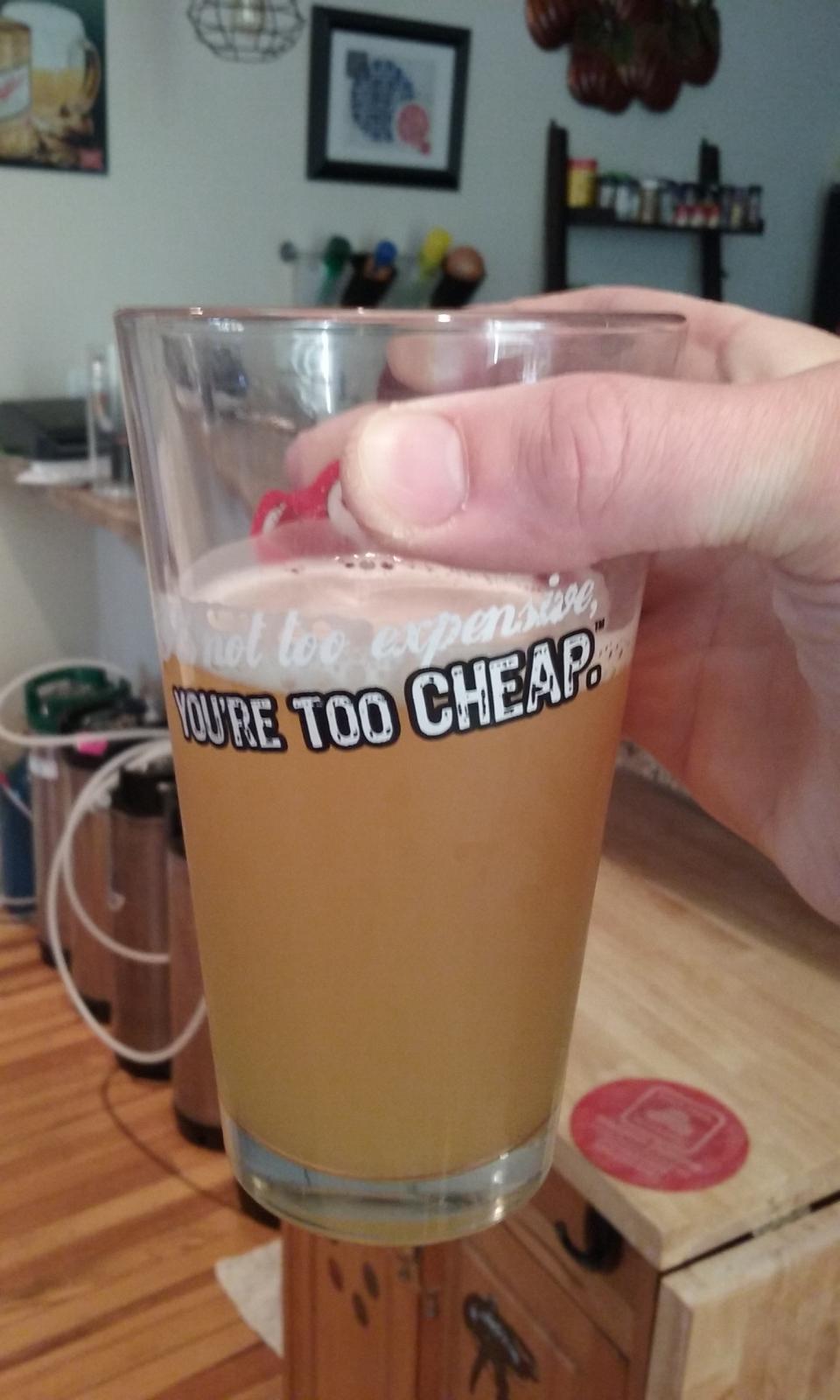Found this great slide deck/presentation on making Hop Fu IPA. Had to be done by Kelsey McNair, I'm assuming. About as comprehensive a listing of techniques as I've seen....
http://societyofbarleyengineers.org/wp-content/uploads/2015/04/ArtOfHop-Fu.pdf
I'm finding the information in this presentation VERY interesting. I know there's been a lot of talk about sulfate levels, etc. on this thread, so to quote directly "
Strike Water Profile:
Calcium @ 125-150ppm - Instrumental in all beer production. Promotes clarity, flavor and stability. Lowers mash pH.
Sulfate @ 200-250ppm - accentuates hop bitterness Chloride @ 40-50ppm - punches up malt flavor/fullness
Bicarbonate @ sub 40ppm - high levels make hops soapy/harsh, dull, or “blah” tasting
Magnesium @ 10-20ppm - important for yeast in metabolizing adjunct sugars (ex: dextrose in Double/Imperial IPA)
And then I found the details about the mash, specifically that he's only holding the mash at 152F for 35min (I'm usually 60 min or 90min depending). before sparging. And a 70 min sparge at that....very very long sparge (I'm usually a 30min sparge - never have issues hitting my anticipated readings):
Strike Water: 13 gallons (1.56 quarts / pound)
100% Reverse Osmosis + 25g Gypsum & 5g Calcium Chloride
Sparge Water: 11 gallons 100% Reverse Osmosis Saccharification Rest: Single infusion, 20 minutes @ 152 F Vorlauf: ~15 minutes
Sparge: 60 minutes @ 170 F
And, in my opinion, assuming you keep an O2 free environment in your conical, I think this is where the magic happens:
Day 1: Cool wort to ideal pitching temp of 67F, Aerate wort with pure O2 through diffusion stone, Pitch yeast starter or freshly harvested slurry, and Attach blow off tubing
Day 2-7: Maintain 67F fermentation temperature via external temp controller
Day 8: Remove blow off, seal fermenter (keg or conical only!!) Day 10: Reduce to 60F for diacetyl rest
Day 11: Dump trub, harvest yeast slurry, add dry hops, return to 67F
Day 14-16: Begin crash cycle, cooling 10F every 12 hours until 37F Day 17: Rack...
Anyone have any thoughts on the Day 8 comment ? Removing the blow off and "seal fermenter" ? Is it possible he's completely sealing off the fermenter (no airlock) for the remainder of the fermenting/dry hop/crash cycle ? Sort of makes sense to me as I think about it - and especially with the drop to 60F, I would assume that would drop out a lot of yeast/cease most of the active fermentation before increasing back to 67F for 4 days for the drop hop.














![Craft A Brew - Safale S-04 Dry Yeast - Fermentis - English Ale Dry Yeast - For English and American Ales and Hard Apple Ciders - Ingredients for Home Brewing - Beer Making Supplies - [1 Pack]](https://m.media-amazon.com/images/I/41fVGNh6JfL._SL500_.jpg)










































